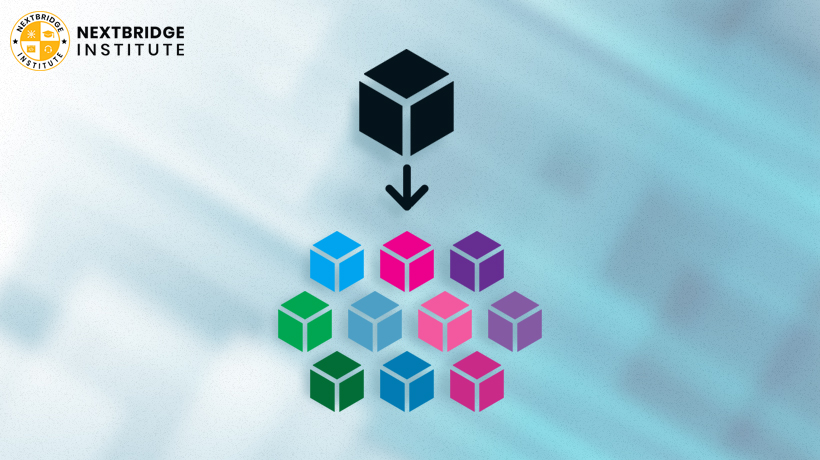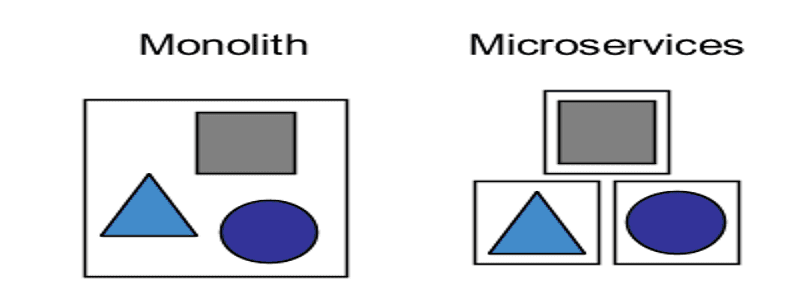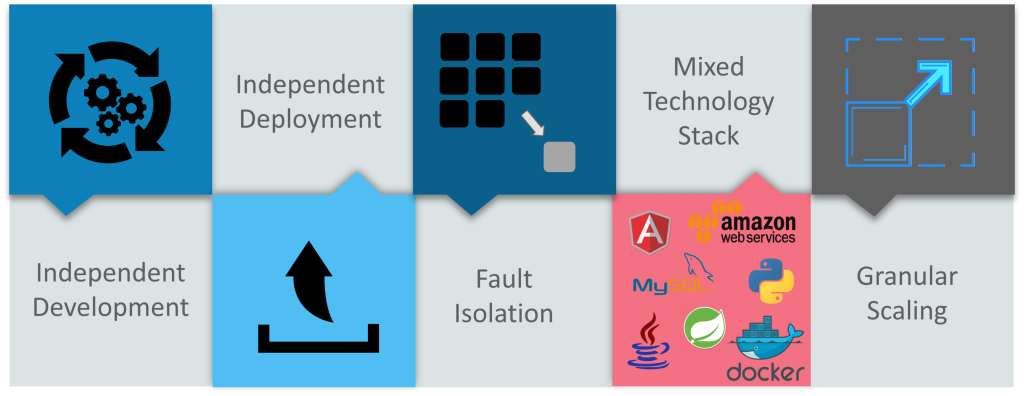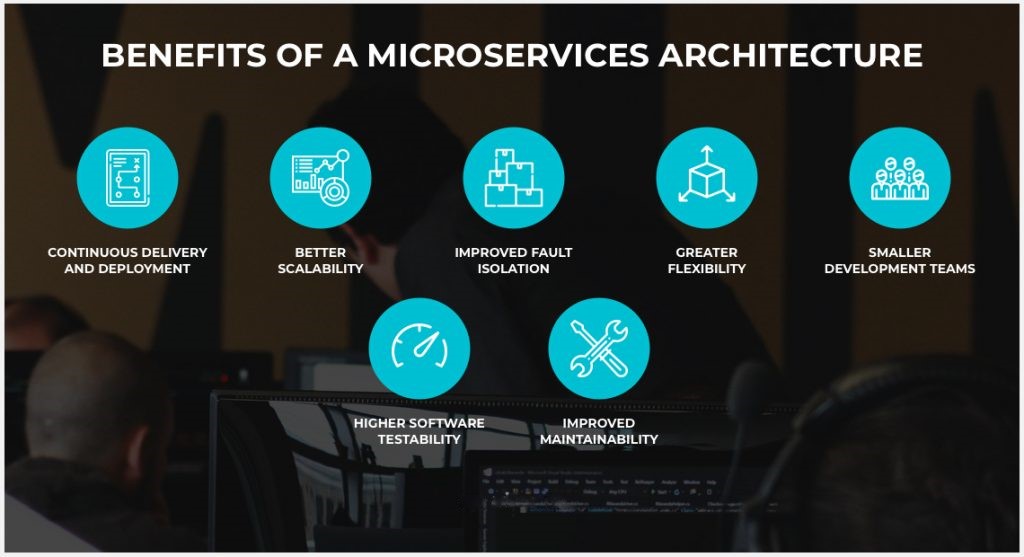Willing to Move to Microservices Architecture? Read This First!

If you are planning to build your application or software, isn’t it wise to adopt the latest trends and methods in the industry? Your guess is correct! I am talking about adopting microservices architecture for your next application or software.
Owing to remarkable characteristics of microservices architecture, thousands of companies are migrating from monolithic architecture to microservices architecture. A recent survey corroborates that over 60 percent of enterprises are now adopting microservices architecture patterns.
Fundamentally speaking, microservices is an architectural style that is employed for large projects. Since big applications and software need flexibility and scalability, microservices architecture patterns provide precisely that.
But what constitutes a microservices architecture, and what makes it better than monolithic architecture? Also, what are the core benefits of migrating to microservices architecture?
In this blog, I will address all these questions by shedding light on the characteristics of microservices architecture.
What is Microservices Architecture?
Microservices can be defined as an architectural style that designs software and applications and then deploying them. What sets it apart from monolithic architecture is that it builds your project in an independently deployable way. The components are loosely held together in microservices architecture patterns.

One of the helpful features it offers is that many developers can simultaneously work on the same application or software. This versatility renders flexibility and an agile method.
With the ever-increasing popularity of DevOps, companies are emphasizing the practice of continuous testing. Microservices architecture patterns enable you to construct single-function modules that let developers test them from time to time.
Now that you have a pretty good idea about this style, how about we explore the characteristics of microservices architecture.
The Characteristics of Microservices Architecture
- Several Components
One of the most important characteristics of microservices architecture is that it builds the components of an application separately. This means that they can be developed and deployed independently.
- Suited For Business
One of the characteristics of microservices architecture style is that it is tailored to the needs of the businesses. Developers work on the development of the same software but different components.
- Simple Routing
It provides a simple flow of information. When it receives the request, it processes it and then responds to it consistently.
- Decentralized
Microservices architecture patterns give the freedom of decentralized data management. Decentralization also offers that other developers can also re-use existing tools in the community for the same problems. Such characteristics of microservices architecture offer convenience.
- Failure Proof
Developers can understand that when numerous applications or services are running simultaneously, there is a chance of service failure. It is one of the characteristics of microservices architecture that it does not crash.
- Evolutionary
The microservices architecture does a remarkable job in interacting with the previous monolithic architecture with the help of APIs.
But is migrating to microservices architecture a good idea? Keeping in mind all the characteristics of microservices architecture, we will explore what benefits can it bring to your business? Let’s answer these questions.

Benefits of Microservices Architecture
- Flexibility and Scalability
Businesses have to deal with their products’ scalability issue, especially when the demand for their product increases. As compared to monolithic architecture, the microservices architecture style offers flexibility in modifying or adding new features to your application independently.
- Less Impact of Failure
When there is a planned deployment of more than one service, the microservices architecture is more decisively effective than the monolithic style. Why? This is because if an error or failure occurs in one service, microservices architecture does not hinder the deployment of other services.
- Faster Deployment Speed
One of the unique characteristics of microservices architecture is that it renders increased speed of deployment. It is compatible with DevOps and Agile as well.

- Adaptive to New Technology
The architectural style of microservices is based on the principle of individuality. Whenever there is a need to upgrade to new technology, the microservices architecture permits easier adaptation without disrupting the complete application.
- Quick Release Time
As discussed earlier, the microservices architecture allows the developers to work on single components. When there is a need to modify or update a function in an application, you can quickly execute the changes and release the application in the market.
As discussed earlier, the microservices architecture allows the developers to work on single components. When there is a need to modify or update a function in an application, you can quickly execute the changes and release the application in the market.
- Improved Productivity
When you are developing an application, this architectural style allows you to build your application in bits and fragments separately. You are not even confined to a single programming language or technology—you can use more than one!
- Optimization of Business Functionality
Microservices architecture best serves the business functionality goals. Each component can be fully customized and managed independently to fulfill business needs and build business capabilities.

Microservices Architecture – The Modern Approach
The unique characteristics of microservices architecture allow you to reap all the benefits for your next application. It will allow you to easily manage and update your application and enable you to work on numerous components simultaneously. This means that you can deploy your application much faster.
If you wish to learn more about the microservices architecture patterns, reach out to Nextbridge Institute to quench your thirst for knowledge with a diverse range of IT courses.




